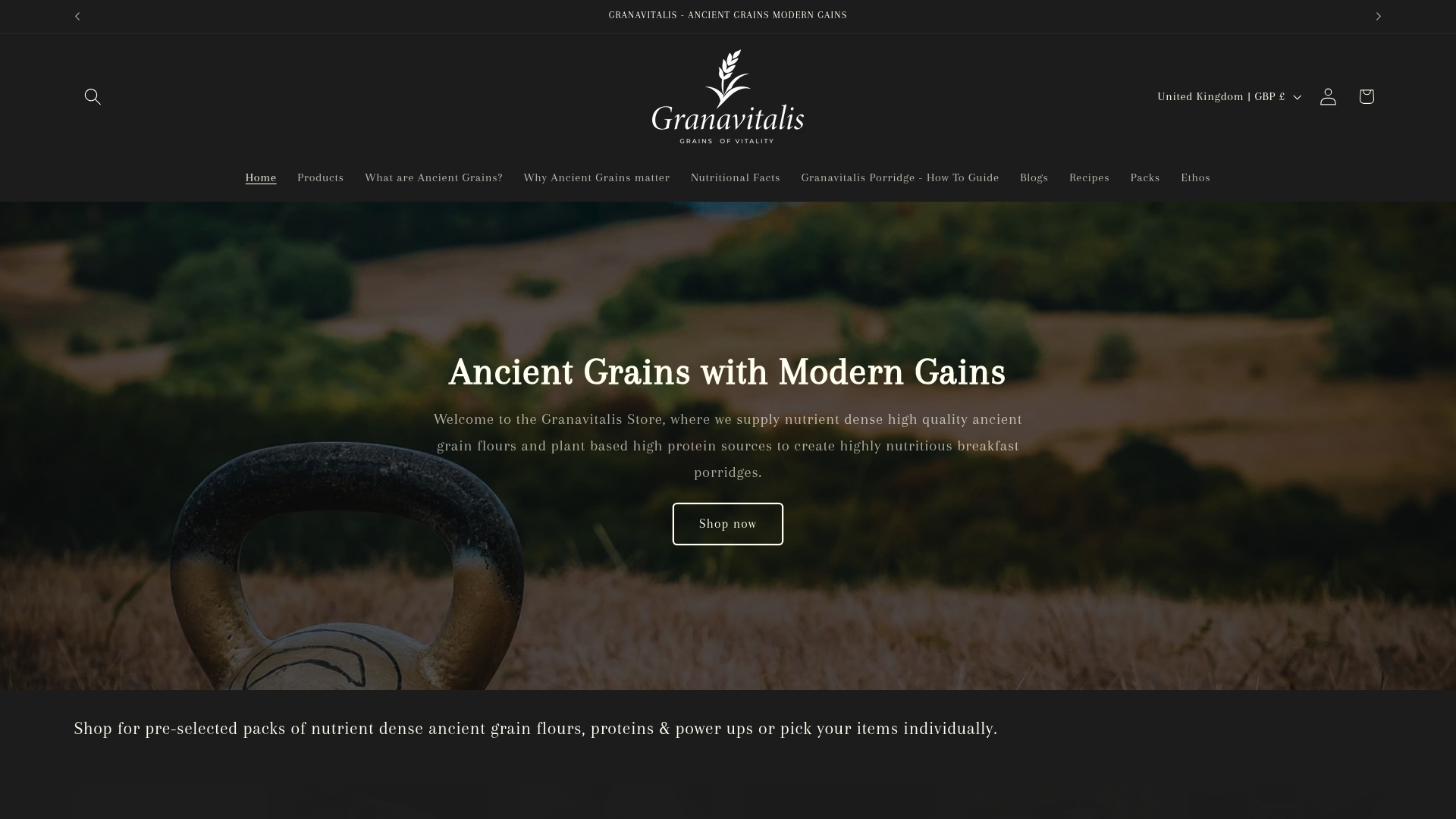
Ancient Grains vs Modern Wheat: Complete Guide
Share
Most people never realize that ancient grains have remained virtually unchanged for hundreds of years while modern wheat is the result of intense breeding. This history shapes much more than just taste—it affects nutrition, health, and even the environment. Whether you’re seeking better wellness or aiming for a more sustainable kitchen, understanding the true difference between these grains could completely shift your food choices.
Table of Contents
- Defining Ancient Grains And Modern Wheat
- Nutritional Profiles And Key Differences
- Health Benefits And Potential Risks Explained
- Sustainability And Agricultural Practices Compared
- Practical Uses In UK Diets And Porridges
Key Takeaways
| Point | Details |
|---|---|
| Ancient Grains vs Modern Wheat | Ancient grains have remained largely unchanged over centuries, while modern wheat has been extensively bred for yield and disease resistance. |
| Nutritional Advantages | Ancient grains typically contain higher levels of antioxidants, minerals, and protein, offering potential health benefits such as improved glycemic control. |
| Sustainability Practices | Ancient grains require fewer resources, such as water and pesticides, promoting ecological balance and agricultural biodiversity. |
| Culinary Integration | Incorporating ancient grains into meals enhances nutritional value, with versatile options for breakfast, salads, and baked goods. |
Defining Ancient Grains and Modern Wheat
When we talk about grains, two distinct categories emerge that tell a fascinating story of agricultural evolution: ancient grains and modern wheat. According to wholegrainscouncil.org, ancient grains are defined as grain varieties that have remained largely unchanged over the past several hundred years.
These time-honoured grains include remarkable varieties such as:
- Einkorn
- Emmer
- Spelt
- Kamut
In stark contrast, modern wheat represents a dramatically different agricultural approach. wheatfoods.org explains that modern wheat has undergone extensive selective breeding to improve characteristics like crop yield and disease resistance. This means our contemporary wheat looks and grows quite differently from its ancient ancestors.
The key difference lies in genetic modification and agricultural practices. While ancient grains have been preserved in their near-original state, modern wheat has been systematically transformed through generations of targeted agricultural interventions. Our guide on ancient grains in the UK offers deeper insights into how these grains have survived and maintained their nutritional integrity across centuries.
Nutritional Profiles and Key Differences
Nutritional distinctions between ancient and modern wheat reveal a fascinating landscape of agricultural transformation. Cerealsgrains.org highlights that ancient wheat varieties often contain substantially higher levels of antioxidants, minerals, and bioactive components compared to modern wheat, which has been predominantly bred for yield and processing efficiency.
The mineral composition of these grains tells an intriguing story. According to Plantrician.org, ancient wheat varieties like einkorn, emmer, and spelt demonstrate remarkable nutritional advantages:
- Higher protein content
- Increased mineral density (calcium, zinc, manganese, iron)
- Potentially different gluten structures affecting digestibility
These nutritional differences aren’t just academic curiosities. They represent a profound shift in how we approach food production.
 Modern wheat has been optimised for agricultural convenience, while ancient grains have maintained their original nutritional complexity. Our most nutrient-dense foods guide explores how these traditional grains continue to offer exceptional nutritional value in contemporary diets.
Modern wheat has been optimised for agricultural convenience, while ancient grains have maintained their original nutritional complexity. Our most nutrient-dense foods guide explores how these traditional grains continue to offer exceptional nutritional value in contemporary diets.
Health Benefits and Potential Risks Explained
Ancient grains are not just a culinary trend but a potential nutritional powerhouse. Nutritionfacts.org reveals fascinating health benefits, highlighting that these grains may offer superior antioxidant capacity and improved anti-inflammatory effects compared to modern wheat.
The health implications are particularly significant for individuals managing chronic conditions. According to Plantrician.org, ancient wheat varieties have been associated with remarkable metabolic advantages:
- Better glycemic control
- Reduced systemic inflammation
- Potential support for diabetes management
Important Health Note: While ancient grains offer promising health benefits, individuals with celiac disease should exercise caution and consult healthcare professionals before incorporating any wheat-based products into their diet.
Understanding these nutritional nuances empowers individuals to make informed dietary choices. By selecting ancient grains, we’re not just choosing a food item, but potentially supporting our body’s long-term wellness. Explore our most nutrient-dense foods guide to discover more about integrating these nutritional powerhouses into your daily diet.
Sustainability and Agricultural Practices Compared
Agricultural sustainability stands at the heart of the ancient grains versus modern wheat debate. Anarchismtoday.org reveals compelling insights into the environmental advantages of ancient grains, highlighting their remarkable resilience and reduced resource requirements.
Key sustainability differences emerge when comparing agricultural practices:
- Ancient grains require fewer pesticides
- Lower water consumption
- Greater climate change adaptability
- More biodiverse cultivation methods
According to ASBE.org, traditional cultivation methods of ancient grains contribute significantly to agricultural biodiversity. Unlike modern wheat, which has been extensively bred for uniformity and high yield, ancient grains represent a more holistic approach to food production. They are cultivated without genetic modification, preserving genetic diversity and maintaining a more balanced ecosystem.
These agricultural practices aren’t just about productivity—they represent a profound philosophy of food production that respects ecological balance. By choosing ancient grains, consumers support farming methods that prioritize environmental sustainability over industrial efficiency. Our ancient grains in the UK guide delves deeper into how these traditional grains contribute to a more sustainable food system.
Practical Uses in UK Diets and Porridges
Ancient grains are transforming breakfast tables across the UK, offering nutritious alternatives to traditional cereals. Healthmatters.org reveals exciting possibilities for incorporating these grains into daily meals, highlighting their versatility in porridges, salads, and baked goods.
Practical integration of ancient grains into UK diets can be surprisingly simple. Key options include:
- Quinoa porridge for high-protein breakfasts
- Amaranth as a nutrient-dense cereal base
- Millet mixed into morning smoothie bowls
- Spelt for traditional-style porridge preparations
According to VRG.org, ancient grains like spelt and farro provide a nutritious alternative to modern wheat-based cereals, delivering higher levels of protein and essential nutrients. These grains aren’t just a trend—they’re a return to nutritionally rich traditional eating.
 Our high-protein porridge guide offers practical strategies for transforming your morning routine with these incredible ancient grains.
Our high-protein porridge guide offers practical strategies for transforming your morning routine with these incredible ancient grains.
Discover the True Power of Ancient Grains with Granavitalis
If you appreciate the detailed comparison between ancient grains and modern wheat, you understand the importance of selecting foods that nourish your body without compromise. Many of us face the challenge of finding truly nutrient-dense ingredients that support wellbeing and sustainable farming practices while also delivering great taste and versatility in everyday meals. Ancient grains like spelt, emmer and einkorn offer higher protein, richer minerals and improved digestibility compared to modern wheat alternatives.
Elevate your kitchen and start your day with the wholesome goodness of our carefully curated range of premium Grains – Granavitalis.

Make the switch now to ancient grains that honour tradition and provide sustained energy and nutrition. Visit Granavitalis today to explore our full collection including All Flours – Granavitalis and Gluten Free Flours – Granavitalis. Empower your mornings, support sustainable agriculture and embrace foods that fuel your future.
Frequently Asked Questions
What are ancient grains?
Ancient grains refer to grain varieties that have remained largely unchanged for hundreds of years, such as einkorn, emmer, spelt, and kamut. They are valued for their nutritional integrity and traditional cultivation methods.
How do ancient grains differ nutritionally from modern wheat?
Ancient grains often contain higher levels of antioxidants, minerals, and protein compared to modern wheat, which has been bred primarily for yield and processing efficiency. They also have different gluten structures that may affect digestibility.
What are the health benefits of consuming ancient grains?
Ancient grains may support better glycemic control, reduce systemic inflammation, and offer superior antioxidant capacity. They are particularly beneficial for individuals managing chronic conditions like diabetes.
How can I incorporate ancient grains into my diet?
You can easily incorporate ancient grains by using them in porridges, salads, or baked goods. Examples include quinoa porridge for breakfast, amaranth as a cereal base, and spelt for traditional-style dishes.
